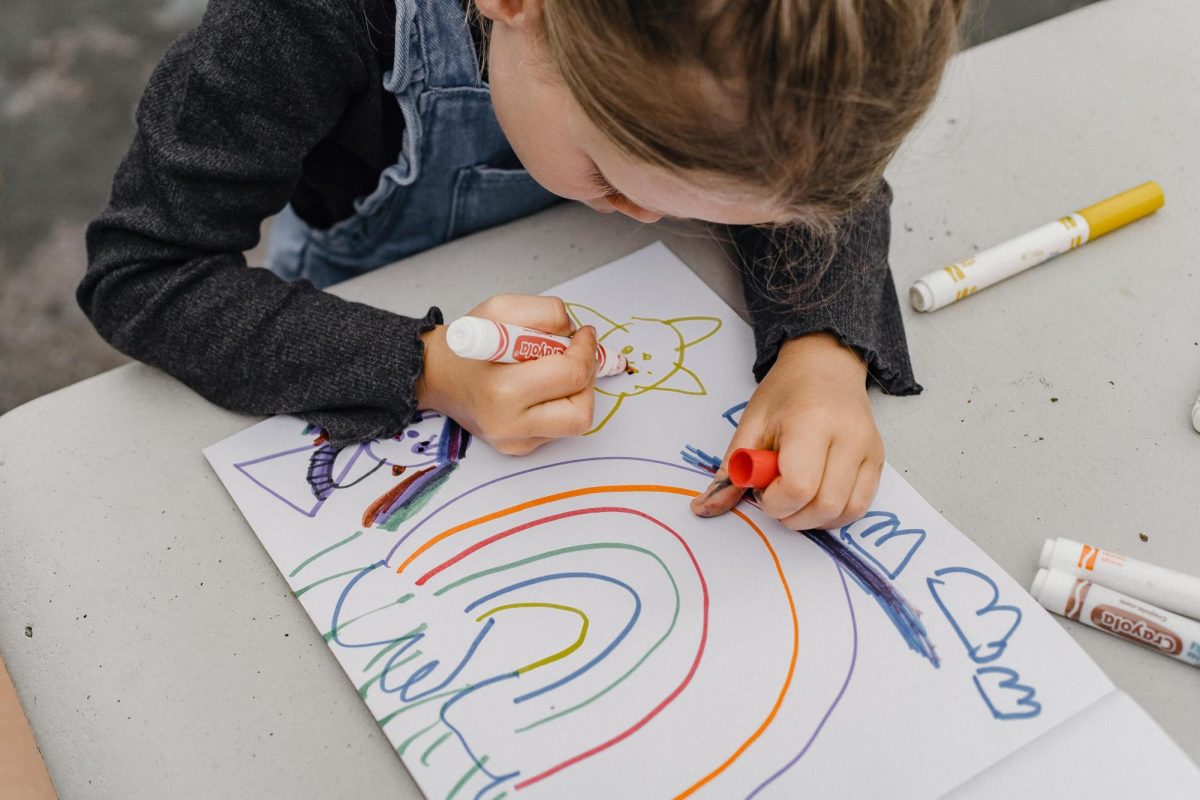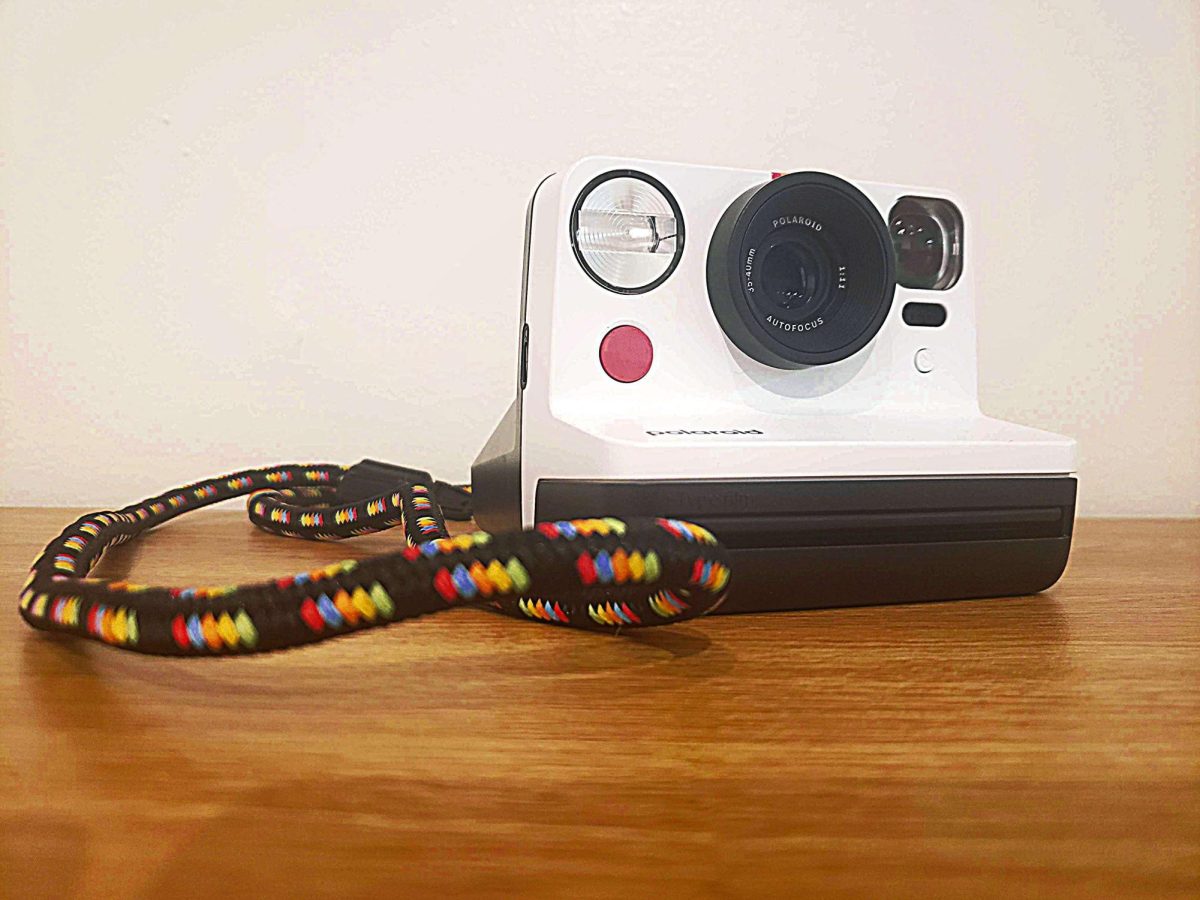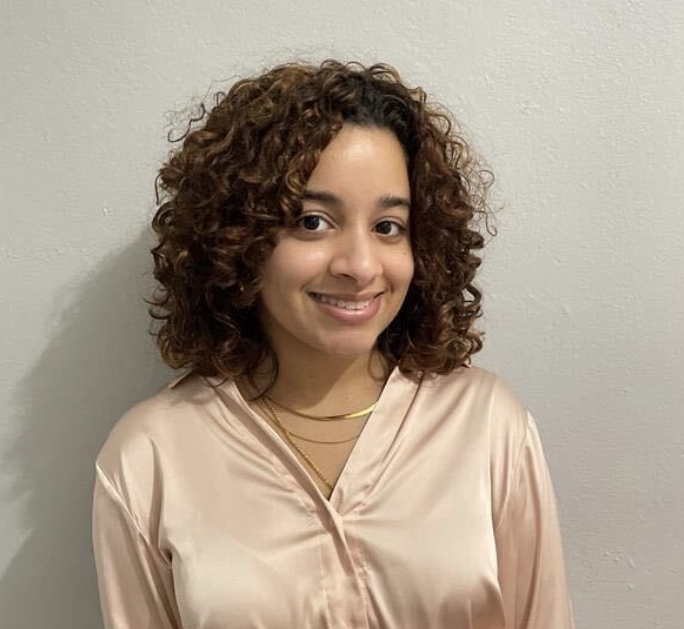The Melodic Joys of Multilingualism
By Antoinette Yen
Being a multilingual person is a cornerstone to my personality I perceive and think in multiple languages. While my mind races through a thought in one language, I soon find myself scrambling mentally for a clear-cut word in another language that’s in sync to what’s on my mind. By the end of the clause, I’ve inadvertently switched to a third language.
Language, like my ability to play three different musical instruments, resonates with and reveals a different aspect of my personality and character. I am thoughtful in English, amorous in French and nostalgic in Mandarin. On the Pianoforte, I find myself rewriting songs with different endings. The violin increases my attention span, not to mention the aching sadness that comes with it; and the keyboard relaxes me. I suppose it has something to do with the fewer octaves and absent foot pedals. In different languages I act, think and speak differently.
A downside to being multilingual: claustrophobia and suffocation. When I find myself besides a monolingual person in a small room for far too long, I’m in an internal battle to switch languages. Finding myself vexed with the gentle reminder – that the opposite person would not be able to follow and appreciate such a shift. I absolutely enjoy being with other polyglots because being able to have the freedom to switch between languages is a joyride in and of itself.
My tryst with languages began when I was seven, while I tried hard to clear my trinity and ABRSM exams. For the uninitiated, these graded music exams consist of a 3-piece arrangement, a scale, arpeggios, sight reading and aural tests. While I was playing the violin, my tutor commented that since I was simultaneously playing the pianoforte and keyboard to improve my concentration and sight reading – mind you, they are not similar – that I should try learning a language foreign to me. And with that began my rendezvous with French.
Because my tutor preferred teaching in her native language, I ended up speaking more of it as well. I had no idea that learning a language was similar to learning how to play a musical instrument. In my opinion, repetition is the key to learning. As my first and most ardent hobby, I began learning languages through music. I’d frequently find myself late at night on my living room pianoforte, dabbing on the white and black striped keys to songs whose lyrics I didn’t even know the diction to. And so it began—my preference for the piano and the languages that accompanied it.
If I had studied languages the traditional way, I would have given up on becoming a polyglot in the process. My current life revolves around me frequently switching languages. People who meet me for the first time already think I’m odd and when they learn that I speak many different languages, I become a party trick – especially when they realize how fluent I am. I’m frequently misidentified as people of other nationalities, and I’ve learned to accept it. Believe it or not, I have yet to meet someone who truly respects multilingual people.
I find it rewarding to keep my brain active while being multilingual, which just makes the process easier. When you internalize something, it becomes a part of you. When I was younger I was drawn to learning and practicing abacus as a way to sharpen my cognitive skills and now, when I’m really in the zone, I study almost every day which lasts hours.
But learning languages is not all melodies and clean rhythms, its cringey dissonance and mis-struck keys as well. Sometimes I have difficulty pronouncing words in different languages. I often feel afraid of intruding into a language and imposing my way of speaking on it. So, I start with podcasts, YouTube videos before enrolling in the course and immersing myself in books just to get the feel of the language. Some languages can’t be learned by just reading a book by itself. Do yourself a favor and take help from a native speaker. You will save yourself time and energy.
My ability to play music by ear has formed a bias for me to learn by my sense of hearing. Most of the time, when I’m driving alone or vacuuming the house, I’m blasting my music system at full volume and singing along.
I can’t imagine a world without knowing multiple languages now any more than I could imagine one without music. I can now stop and say hello to someone that I meet without hesitation, and it’s all because I put in a few hours here and there to learn languages. The initial stages of learning a new language are the most challenging. My human lackadaisically craves a quick fix; the only real way to achieve conversational level is to grin and grind conversing with native speakers. Initially, my roommate would upload Instagram stories of me struggling to pronounce the right words, leaving her reeling. While it was all in good fun, time has made me less embarrassed and camera shy to learn languages whilst being live. I’m even enjoying the process and the comments that come with it. Not to forget, the friends I have made through the process have made it a lot more enjoyable.
I used to believe that being multilingual improved my ability to reflect and write, but there’s more to it than that. I now have the privilege of interpreting my own experiences through the filter of many languages. Initially, I would write songs as a way of pacing the path back and forth; getting back at someone and saying things I couldn’t get myself to say if it weren’t for the piano notes that accompanied it as a faithfully loyal background accompaniment. Now I can add the extra layer of varying languages into my self-expression.
The journey of discovery that language and music carry is not an easy one. It is a privilege that is frequently bittersweet. While it may appear that multilingualism is simply a weaponization of memory, it is so much more. It is communication and human connection and creativity and self-expression. Truth be told, it will never seem fair to me that there will never be enough words no matter how many languages I learn.
Simulating Cultural Immersion in a Pandemic
By: Samuel Weinmann
“Solely in the world of languages is the amateur of value. Well-intentioned sentences full of mistakes can still build bridges between people,” wrote Kato Lomb in her 1970 book Polyglot: How I Learn Languages. Lomb was one of the most renowned polyglots and interpreters throughout history, and throughout much of her career she sought to understand the brain of the polyglot.
Lomb frequently wrote about the importance of making mistakes, and more importantly – of embracing them. When you are learning a language, making mistakes is something that should be celebrated, and the only way to truly learn a language in this manner is through immersion.
Many language learners view immersion as all-or-nothing, as a process in which you must completely surround themselves in a language by traveling to a foreign country. While traveling can be immensely rewarding when learning a language, that reality isn’t accessible for everyone.Additionally, during the COVID-19 pandemic, many are wary–for good reason–to travel internationally.
Although international travel isn’t possible for everyone, new avenues of cultural immersion have been made possible by the internet and the development of language learning applications.
There are many ways to immerse yourself in a language through the internet and metacognition, but there are three main pillars that are especially effective: discussion based applications, the consumption of digital media, and intentional internal dialogue. If all three are implemented adequately, cultural and linguistic immersion can be successfully simulated.
I: Discussion-Based Applications
When I started learning Italian in 2013, particular language learning applications took off, making language learning more accessible for language lovers. In the beginning, apps like Duolingo came out, providing easier avenues for me to learn languages online.
During this period in time, international travel wasn’t a possibility for me, and I was able to learn more than I ever could have imagined.
Using Duolingo initially worked well for me. However, although my reading and writing skills were advancing, my speaking and listening comprehension skills were suffering. Without access to international travel, I needed to find an alternate route.
Eventually, I found myself using an application called Tandem. Although I was skeptical at first, this app gave me direct access to language learning opportunities I never thought I would be able to have without travel.
Tandem acts as a social media app, giving each user a language profile. Once this profile is built, with language skills and experience kept in mind, the app pairs you with likeminded people who are fluent in the language you want to learn. While Duolingo teaches you the concepts and grammar for learning a language, this app gives mutual benefits for all its users, and allows people to have genuine conversations through texting and calling features.
Although this app is a great example of that type of resource, these types of applications are everywhere on the internet and give language learners the ability to have conversations with native speakers.
II: The Consumption of Digital Media
Although these face-to-face or text conversations with native speakers are crucial for learning a language, you must also account for different dialects, speaking patterns and cultural cues that they may not get from only a few isolated conversations on Tandem-like apps.
To get this type of immersion, it’s important to try and digest as much media in the target language. With the internet, there are more opportunities to do this than ever before.
For example, you can use Netflix or other streaming services to watch movies and TV shows in other languages, gaining a sense of culture, an understanding of different dialects and a taste for various cultural cues.
Moreover, media such as news sources and books provide accounts of real events that are useful for language learners. This vessel for language learning is especially useful for those who frequently read the news; not only can you learn a language and stay up to date, but you will be more informed about international events.
III: Intentional Internal Dialogue
This last pillar of remote language learning relies more on intentional metacognition rather than external resources that make language learning easier.
This pillar, in practice, means immersing yourself in a language within your own internal monologue and personal life.
In practice, this can manifest itself in many different ways. You can take a shower, and practice potential conversations with yourself or you can have fake phone calls in another language to mitigate embarrassment. While it may be difficult to sustain, you can also train yourself to think in a language, intentionally translating any incoming thoughts into a language.
This dialogue and internal shift will make speaking in a language more natural, which is crucial for becoming truly fluent in a language.
IV: The Caveat of It All
Although each of these pillars are useful on their own and are crucial for cultural and linguistic immersion, it is imperative that they are all combined.
Each of the pillars have their own unique benefits, but they also have their own limitations. To effectively learn a language in a pandemic, and to successfully be immersed in a language, you need human interaction, which takes discussion-based applications into account. Furthermore, you need the consumption of digital media to gain a more comprehensive account of culture and language. Finally, you need intentional internal dialogue to gain the ability to think like a native speaker.
When combined, these three pillars can simulate the effect that you get from actually being in a foreign country. Albeit, it isn’t the same, but it is still an effective way to use the resources around you to gain fluency through immersion.





























